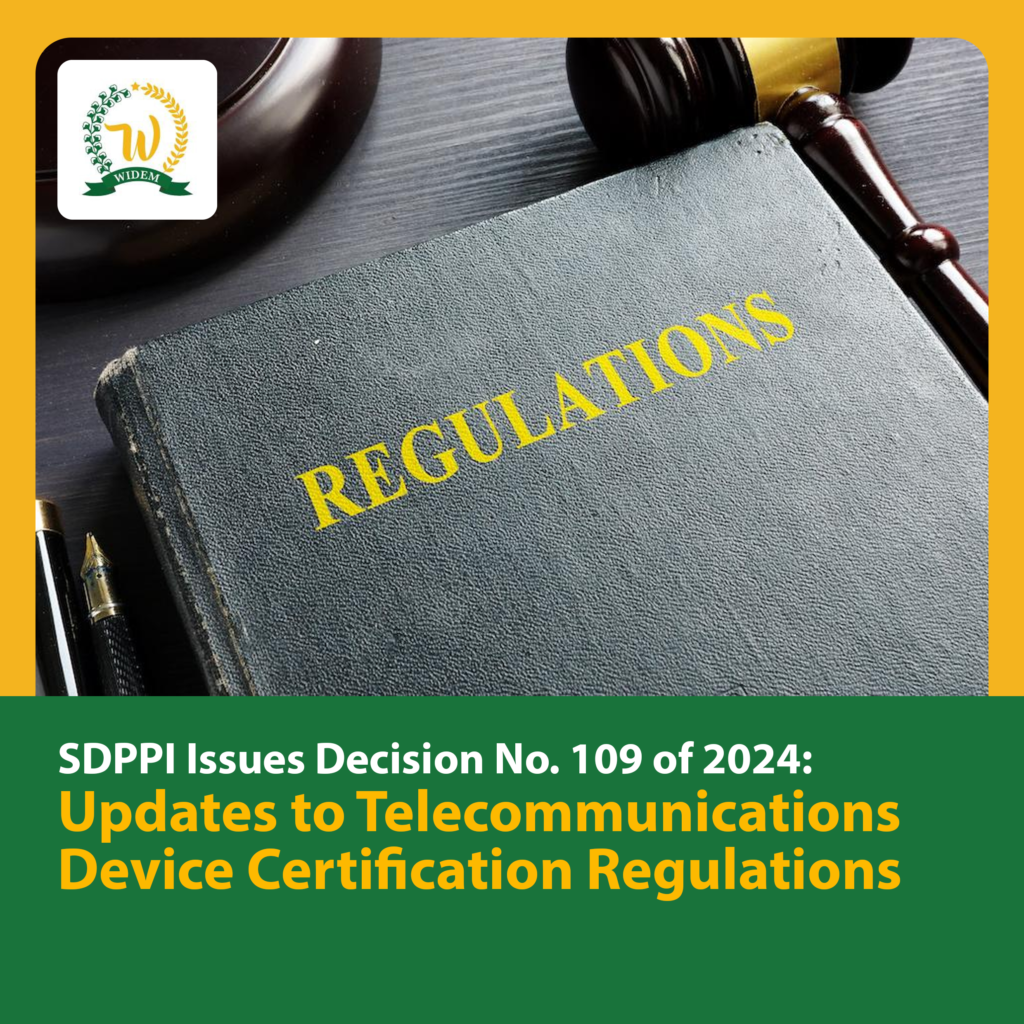
Jakarta, November 21, 2024 – The Directorate General of Resources and Equipment for Post and Informatics (SDPPI), under Indonesia’s Ministry of Communication and Information Technology (Kominfo), has announced a new policy update aimed at reforming the certification process for telecommunications devices. This initiative introduces three new standards designed to simplify certification procedures while ensuring that devices distributed in Indonesia comply with national regulations and quality standards.
The Three Pillars of the New Standards
The updated standards focus on three core pillars that serve as the foundation for telecommunications device certification:
- Test Lab (Laboratory Testing)
SDPPI emphasizes the critical role of accredited laboratories in ensuring device compliance. Key updates include:- Recognition of both domestic and international laboratories that meet SDPPI’s technical criteria.
- Improved transparency in testing procedures with streamlined processes.
- Assurance that tested devices adhere to safety, frequency compatibility, and technical performance standards.
- Certificate (Certification)
Certification issuance processes have been revamped to enhance efficiency and data accuracy, including:- Digitalization of the certification process, enabling manufacturers to submit documents and monitor application status more easily.
- Validation of test results as a prerequisite for certification, ensuring only compliant devices receive certification.
- Provision of a public verification system to allow stakeholders and consumers to confirm the authenticity of device certifications.
- Service (Customer Support)
Service improvements are a key aspect of the updates, benefiting both manufacturers and consumers. Initiatives include:- Upgraded online systems to accommodate an increasing number of certification applications.
- More responsive communication channels to address inquiries or complaints related to certification processes.
- Collaboration with technology providers and industry associations to ensure the effective implementation of the new standards.
Key Objectives of the Updates
The reform aims to achieve several strategic goals:
- Simplify the certification process: Streamlined procedures reduce the time required for manufacturers to obtain certifications.
- Ensure regulatory compliance: The new standards guarantee that devices distributed in Indonesia are safe for use and compatible with the national telecommunications network.
- Boost the competitiveness of Indonesia’s telecommunications industry: Transparent and efficient regulations are expected to attract more global manufacturers to enter the Indonesian market.
Leveraging Digitalization and International Collaboration
The implementation of these standards leverages advanced digital technology to expedite certification processes. A more sophisticated online system will enable manufacturers to submit applications electronically, track their progress, and receive digital certifications, eliminating time-consuming manual steps.
Additionally, SDPPI is fostering international collaboration by recognizing globally accredited laboratories for device testing. This harmonization aligns Indonesia’s national standards with international benchmarks.
Benefits for Consumers and Industry Players
The new policy delivers tangible benefits for multiple stakeholders:
- Consumers: Gain access to safer, higher-quality telecommunications devices.
- Local and global manufacturers: Enjoy easier and faster market entry into Indonesia.
- Regulators: Benefit from more efficient oversight of devices in the market, ensuring compliance with regulations.
SDPPI’s Commitment to Innovation and Efficiency
The introduction of these three new standards underscores SDPPI’s commitment to innovation and transparency in delivering efficient services. This balanced approach aims to support technological advancements while safeguarding consumers from non-compliant devices.
Source: Approvals


